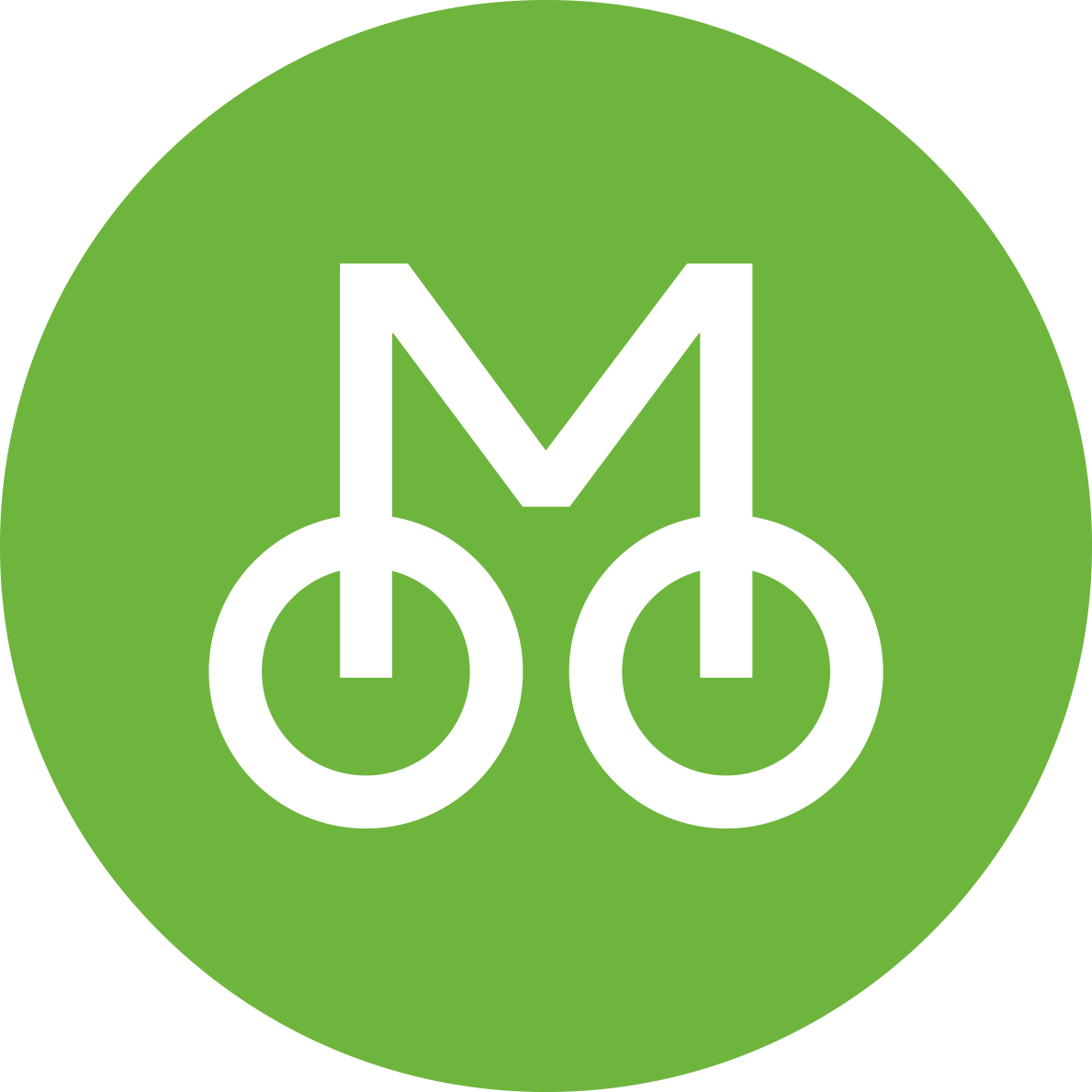American Transportation Design Sucks - Sim City 5 Showed Me Why
/In my past life I was a game designer. I was the person that analyzed what was fun about a game and tweaked the rules to enhance that fun.
The reason I became interested in making games was because of their amazing power to teach. Games are often abstractions of real world systems. For this reason, they can teach us about real world processes like the rise and fall of civilizations, the inner workings of the human body, or how to survive the zombie apocalypse.
But I left the games industry because I found out that there wasn't much money in changing lives through games. Instead games like Candy Crush and Clash of Clans dominated the top revenue generating lists. These games are much more like a slot machine than they are a representation of a real world system. They utilize clever algorithms to exploit inherent weaknesses in the human psyche.
Right around the time I swore off games forever I found Sim City 5. I had only played other Sim City games here and there. But, from what I have read, this game is different. Previous Sim City games were primarily land use management games. You decide where to build what, but you rarely saw citizens (called sims) actually use any of the buildings or infrastructure you built. Most of the feedback about sims came from abstract mapping and data analysis tools.
Sim City 200 Crime map
Sim City 5 Graffiti on a building indicates high crime (so do maps)
Sim City 5 is what the Sim City team calls a "complete simulation". This means that every single sim (and supplies, garbage, etc) in a city is simulated. Sims run around, do errands, go to school, and go to work. Their goal is to earn money and exchange it for happiness.
The move to complete simulation also changed the core mechanic of Sim City. While land use management still plays an important role, designing an efficient transportation system is the most important aspect of designing a successful city. In the simplest terms, sims need to travel to be happy and your city needs happy sims to grow.
I was immediately sucked in. 10 hours would go by before I realized that I had skipped meals and the sun had gone down. Sometimes I would try to pull myself away to go pee and end up half standing, half sitting in front of my computer for 45 minutes tweaking "just one more thing."
I built a few cities. Each one I managed to grow larger than the previous. 100k citizens, 200k, 500k. But each time I built a new city I would hit the same wall. Citizens would complain of health problems and spend most of their days stuck in traffic. Some sims wouldn't get home from work until 6am the next day! This meant they couldn't bring home the happiness they had purchased and my city wouldn't grow.
So I went to the global leaderboards to see how the top players had solved this problem. What I discovered was truly disheartening. The top players were all hitting the same wall I was hitting, though they had managed to squeeze a couple 100k more sims into their cities first.
At this point the problem became obvious to me: the core mechanic of the game is designing an efficient transportation system, but the tools to build an efficient transportation system did not exist. There are very few alternatives to building more road capacity. What options do exist (street cars, busses, ferries) only raise population cap rather than eliminating the transportation bottleneck.
And then I realized that Sim City 5 isn't broken. It copies the American approach to transportation systems, which is broken. Simple tools like bike lanes, narrow lane widths for cars, and pedestrian zones can have big positive impacts on transportation efficiency and public health. Both Sim City and American urban planning almost completely overlook these tried and true solutions.
So I began to obsessively research the problems with urban transportation. Days spent playing Sim City became weeks spent reading research papers and books on urbanism and transportation. I learned how much time we spend in traffic, how many children contract asthma due to poor air quality, and what barriers exist to solving these problems. While riding a bike was already my favorite way to get around town, my research showed that increasing the number of people on bikes would contribute to solving a huge number of urban problems.
With this information I decided to embark on a new journey. I would apply my skills as a game designer to the growing audience of people who bike for transportation. Hopefully, in the process, I would make biking for transportation a little easier and a little more fun.







